In a world where many of us don't have the space or opportunity to garden in the traditional sense, it's our public parks that provide that vital nourishing connection with the natural world, and none more so than Ireland's world-famous Phoenix Park. Measuring twice the size of New York's Central Park and considered to be the largest enclosed urban park in Europe, it's within its 1,752 acres that generations of Dubliners have experienced what it's like to stare up into the vast, spreading canopy of a mature tree, drink in the scent of a rose bed in full summer bloom, or marvel at the beauty of a massed display of tulips.
Its more manicured areas aside, its diverse range of semi-natural habitats – mature woodlands, grasslands, wetlands and hedgerows – are home to numerous species of wild birds and animals, including sky larks, kestrels and golden plovers. In short, this very special and historic OPW-managed city park has sown the seeds of a love of nature in many of us.
In recent decades, OPW’s restoration and/or development of Phoenix Park’s historic demesnes have enriched that experience further, allowing visitors to appreciate first-hand the impressive beauty and productivity of a Victorian kitchen garden (Ashtown), the splendour of a formal cutting garden and glorious craftsmanship of a Turner-designed peach-house (Áras an Uachtaráin), or the timeless charm of a double herbaceous border (Farmleigh). So it’s very fitting that next week sees the opening of an international exhibition in Farmleigh gallery celebrating the unique role that this former royal park has played within the cultural life of our capital city.
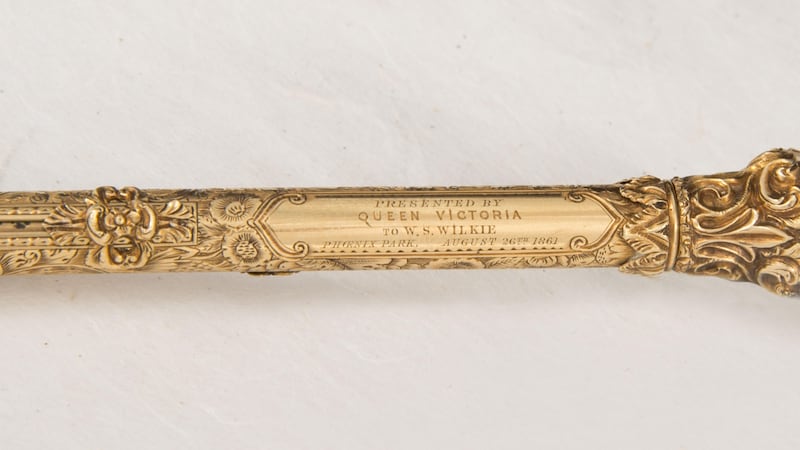
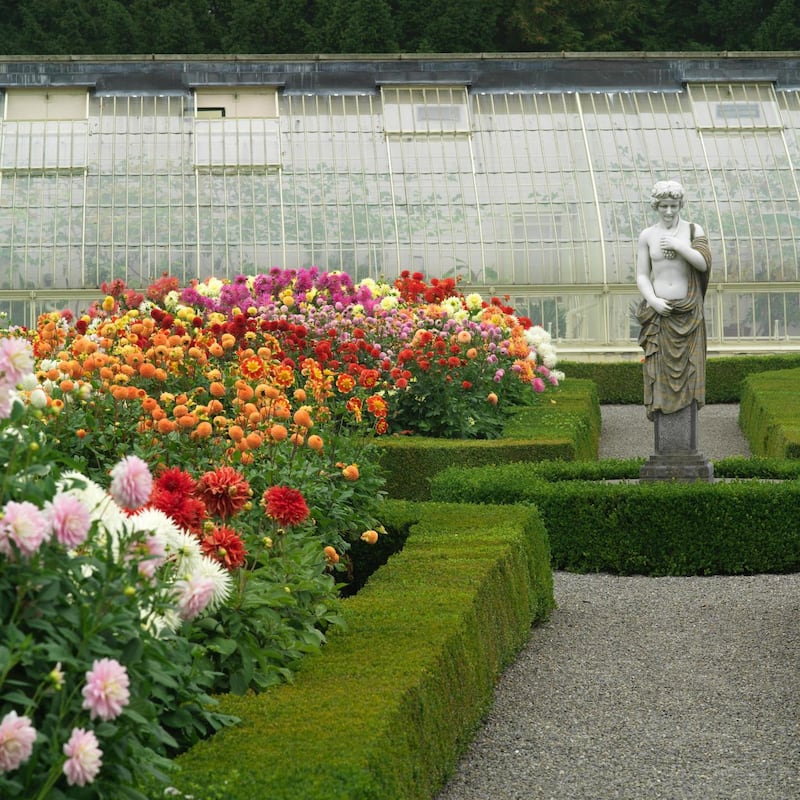
Fascinating history
Organised by OPW in collaboration with the Royal Parks of London and the Hearsum Collection, Parks, Our Shared Heritage: The Phoenix Park, Dublin & The Royal Parks, London charts the fascinating history of this Dublin park, which was formally enclosed by the Duke of Ormond on behalf of King Charles II back in the late 17th century. A myriad of artefacts and historical items have been assembled specially for the event, amongst them the gold pen that Queen Victoria presented to William Spalding Wilkie, the park's brilliant head-gardener-cum-bailiff, on her visit to Dublin in 1861.
During that same visit, Victoria also planted a young specimen of the Giant Sequoiadendron tree or Wellingtonia (Sequoiadendron giganteum) in the grounds of what's now Áras an Uachtaráin. That same tree still grows there today, along with a host of other fine specimen trees planted by visiting heads of state over the last 100 years, including the former American president Barack Obama and Britain's Queen Elizabeth II.

Those interested in military history will be fascinated by the exhibition's inclusion of a map detailing the military manoeuvres and artillery practices carried out in the park in the late 1700s, and the photograph of a young Winston Churchill in a sailor suit, taken during his childhood years when he lived with his parents in one of the park's lodge houses.
Meanwhile, those who've read the writing of the celebrated social diarist Mrs Delany will enjoy her description of a visit to Phoenix Park in the early 18th century, in which she comments that "it far exceeds the beauty of the London parks".
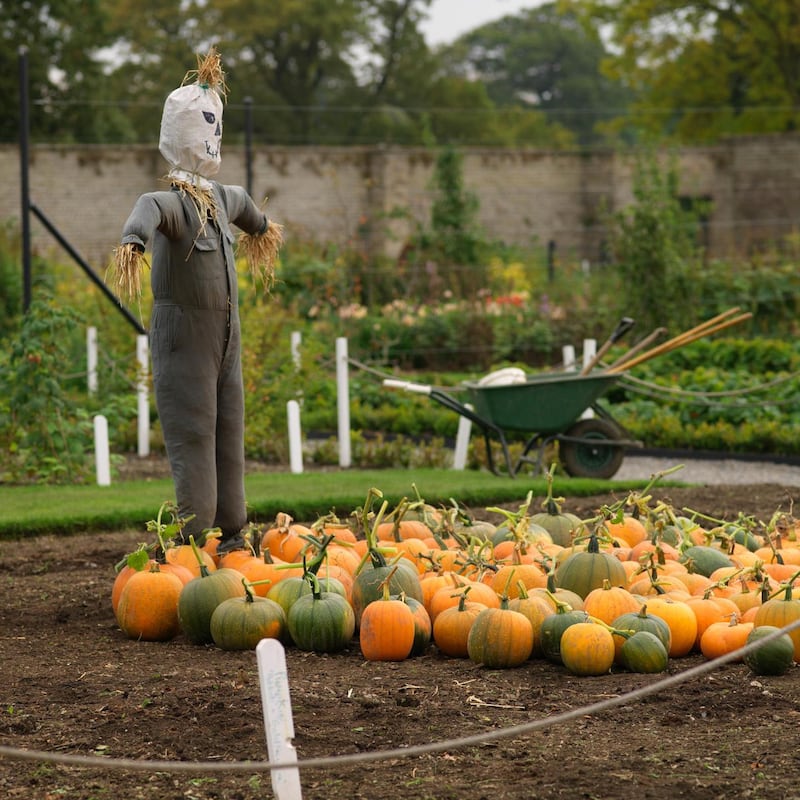
Park evolution
These are just a few of the many, many objects, photographs, drawings and records to be exhibited at Farmleigh from April 7th-May 28th. Others chronicling the evolution of London’s nine royal parks come courtesy of the Hearsum Collection, with the exhibition travelling to London (July 27th-August 11th) after it finishes in Dublin. It’s one of a host of good reasons to pay this remarkable city park a visit over the coming months.
Here are some others:
Ashtown, the 2.5-acre restored Victorian walled garden that was once part of the 60-acre demesne of the under-secretary (the permanent head of the British administration in Ireland before 1922), where OPW gardeners have created a picture-perfect kitchen garden filled with carefully-trained fruit trees, herbs, vegetable crops, herbaceous borders and beehives, as well as a heritage apple orchard (see opw.ie and phoenixpark.ie);
The organically-certified gardens of Áras an Uachtaráin, official residence of the President of Ireland, free public tours of which take place every Saturday from mid-July until October (tickets are available from the park's visitor centre). The famous architect and landscape designer Decimus Burton, mastermind of much of the 19th-century layout of the Phoenix Park, also played a key part in the original design of the Áras's walled gardens, ornamental lakes, walks, avenues, and arboretum, while more modern additions include its sensory garden and cutting garden. As for its recently restored Turner-designed peach house, it's simply glorious;
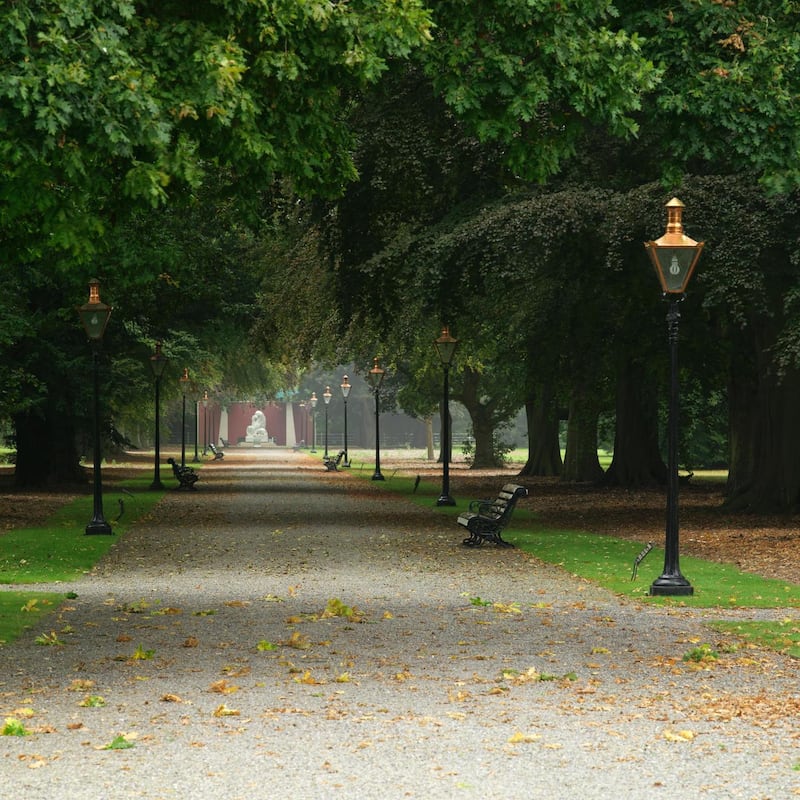
The "Furry Glen". Yes, it's a ridiculous name, but this is one of the Phoenix Park's most beautiful semi-wild habitats and is managed by the OPW as a conservation area. Enjoy its setting, woodland planting and lakeside walks;
The park’s glorious night skies . . . Phoenix Park is what’s called a “black sky reserve”, so minimal lighting is used in order to preserve its unique atmosphere. Impressively, and in keeping with its historic status, the lighting is powered by gas rather than electricity.
Phoenix Park is also home to Bloom, the country's biggest annual garden festival, whose show gardens afford visitors the opportunity to enjoy the work of some of the country's most talented garden designers. This year's festival takes place from June 1st-5th (see opw.ie, phoenixpark.ie and bloominthepark.com for details)
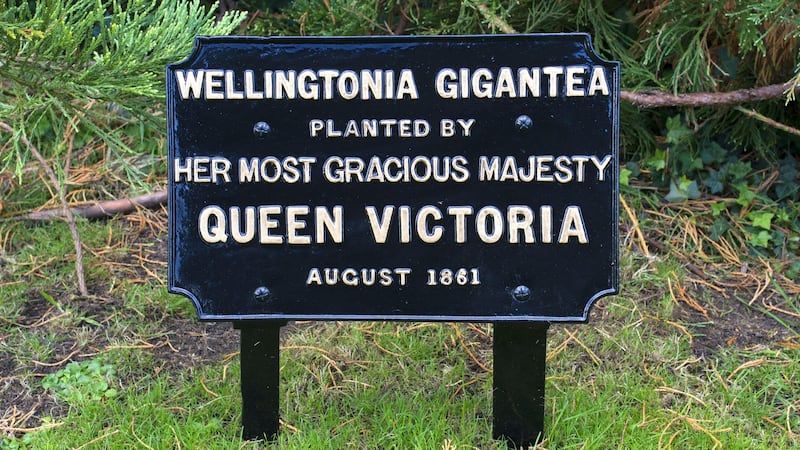
THIS WEEK IN THE GARDEN . . .
Keep a careful eye on tomato seedlings, which can quickly become deprived of water, nutrients and light at this time of year. Floppy, spindly growth and pale, limp leaves are all signs that your baby plants need to be pricked out into individual pots or transplanted into larger ones and then placed somewhere with higher light levels. But remember that tomato plants need warm temperatures to thrive, so if you’ve already moved them into a glasshouse/polytunnel, then they’ll need careful protection at night from spring frosts.
If you sowed sweet pea from seed last autumn/at the beginning of this year, then you should have strong, young plants that are ready to be planted out in the garden. Sweet pea needs a rich, moisture-retentive soil in full sun, so prepare the ground well with the addition of well-rotted manure, some homemade garden compost and a sprinkling of dried seaweed powder, and make sure to take precautions against slugs.
Now's a good time to tidy up many perennial ornamental grasses. For example, take a garden rake to the wispy leaves of Stipa tenuissima and "brush" the plant to rid it of dead growth, and use a sharp garden shears to cut back the faded stems of deciduous Calamogrostis 'Karl Foerster', Miscanthus and Deschampsia cespitosa as well as overgrown specimens of the evergreen pheasant's grass (Stipa aruninacea, Anemanthele lessoniana), Carex "Frosted Curls" and Stipa gigantea.
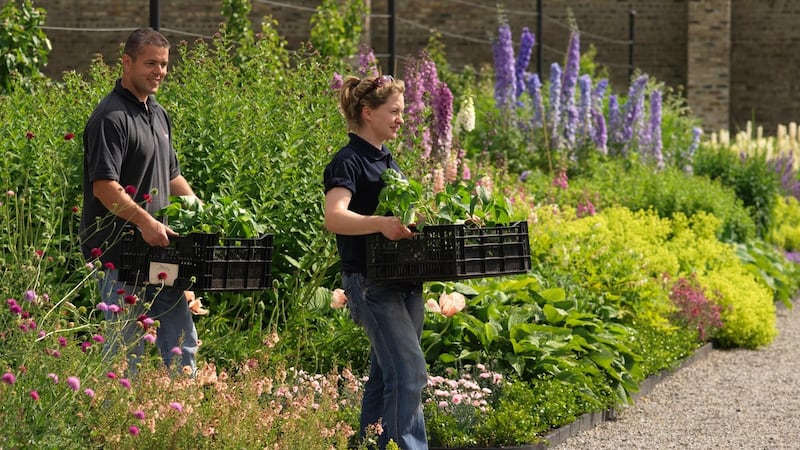
Dates For Your Diary:
Tuesday, April 4th, Northridge House, St Luke's Home, Blackrock, Mount Congreve: An Irish Treasure, a talk by Paddy Tobin on behalf of the Irish Garden Plant Society, see irishgardenplantsociety.com.
Wednesday, April 5th, From Show Garden to Real Gardens, Airfield Estate, Overend Way, Dundrum, Dublin 14th, 8pm, RHSIlecture by garden designer and nurseryman Oliver Schurmann of Mount Venus Nursery, see rhsi.ie:
Wednesday, April 5th-Wednesday, May 31st, Secrets of the Fertile Rock, a joint exhibition by botanical artist Susan Sex and photographer Mark O'Callaghan inspired by the diverse flora of the Burren, see botanicgardens.ie.


















